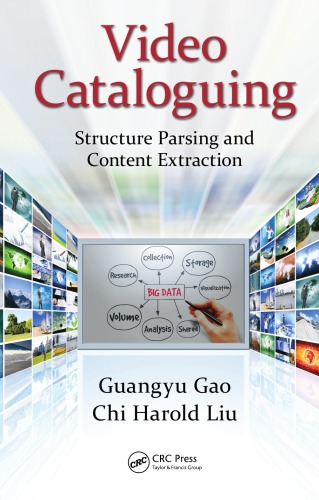

Most ebook files are in PDF format, so you can easily read them using various software such as Foxit Reader or directly on the Google Chrome browser.
Some ebook files are released by publishers in other formats such as .awz, .mobi, .epub, .fb2, etc. You may need to install specific software to read these formats on mobile/PC, such as Calibre.
Please read the tutorial at this link: https://ebookbell.com/faq
We offer FREE conversion to the popular formats you request; however, this may take some time. Therefore, right after payment, please email us, and we will try to provide the service as quickly as possible.
For some exceptional file formats or broken links (if any), please refrain from opening any disputes. Instead, email us first, and we will try to assist within a maximum of 6 hours.
EbookBell Team

4.4
72 reviewsThe arrival of the digital age has created the need to be able to store, manage, and digitally use an ever-increasing amount of video and audio material. Thus, video cataloguing has emerged as a requirement of the times. Video Cataloguing: Structure Parsing and Content Extraction explains how to efficiently perform video structure analysis as well as extract the basic semantic contents for video summarization, which is essential for handling large-scale video data.
This book addresses the issues of video cataloguing, including video structure parsing and basic semantic word extraction, particularly for movie and teleplay videos. It starts by providing readers with a fundamental understanding of video structure parsing. It examines video shot boundary detection, recent research on video scene detection, and basic ideas for semantic word extraction, including video text recognition, scene recognition, and character identification.
The book lists and introduces some of the most commonly used features in video analysis. It introduces and analyzes the most popular shot boundary detection methods and also presents recent research on movie scene detection as another important and critical step for video cataloguing, video indexing, and retrieval.
The authors propose a robust movie scene recognition approach based on a panoramic frame and representative feature patch. They describe how to recognize characters in movies and TV series accurately and efficiently as well as how to use these character names as cataloguing items for an intelligent catalogue.
The book proposes an interesting application of highlight extraction in basketball videos and concludes by demonstrating how to design and implement a prototype system of automatic movie and teleplay cataloguing (AMTC) based on the approaches introduced in the book.